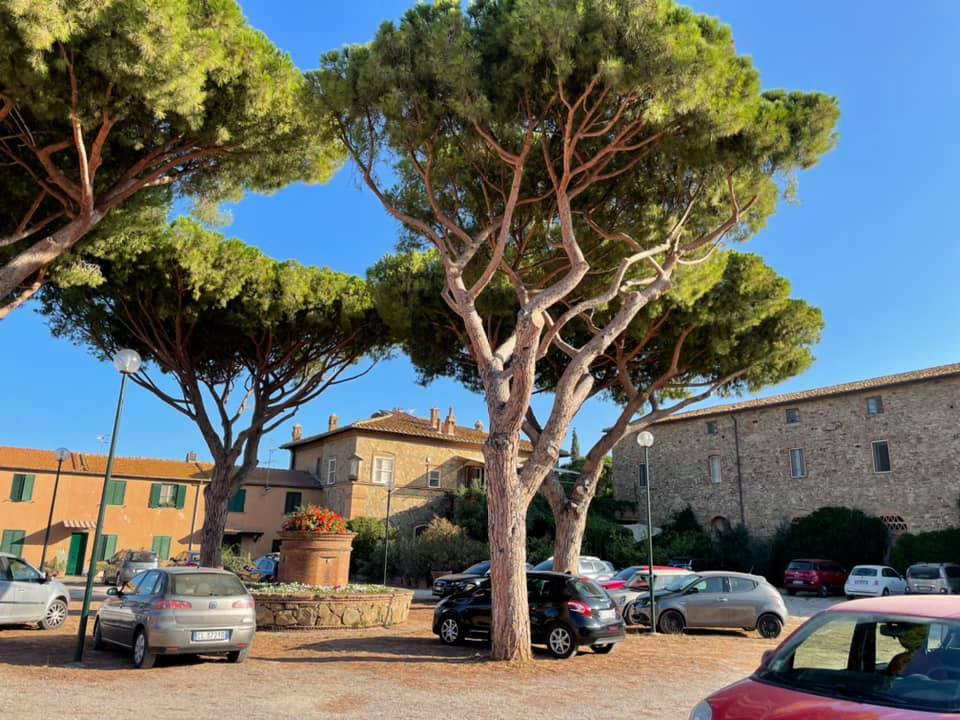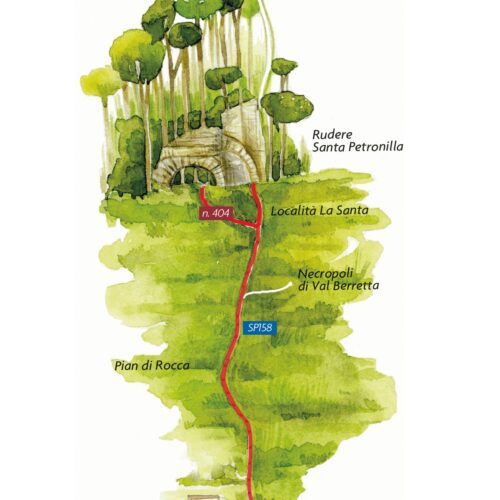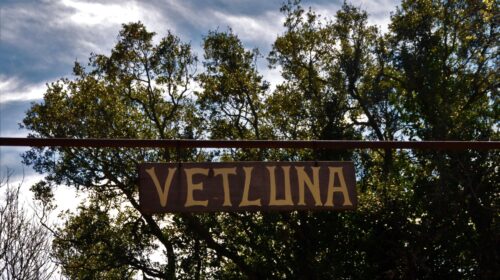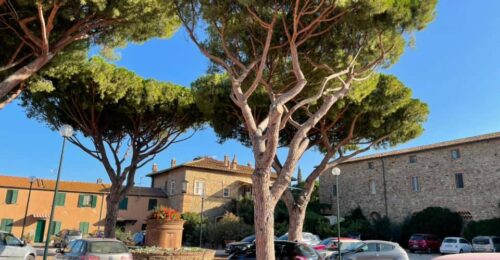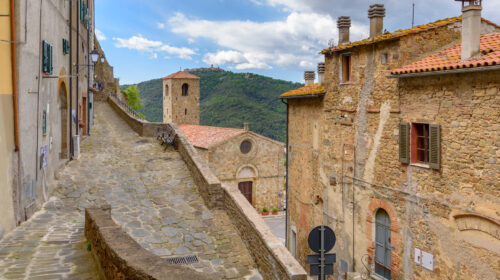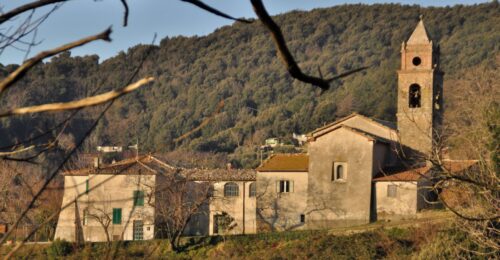Official tourism site of the municipality of Castiglione della Pescaia
For a holiday dedicated to culture and relaxation
The rural hamlet of Pian di Rocca is located on a plain that starts in the west and south at the extreme southern slopes of the Punta Ala promontory, in the north at the southern slopes of the Bandite di Scarlino and in the east at the last western slopes of the Poggio Ballone massif.
It consists of numerous small farms and houses branching out around a service centre, the ancient Pian di Rocca farmstead, an imposing rural architectural complex, consisting of a series of buildings arranged around a courtyard and adjoining one other in some places.
This area has a history stretching back to Etruscan and Roman times, as shown by the archaeological finds preserved in the local museums. The first settlements were discovered in the Val Berretta area, where numerous artefacts from Etruscan and Roman times were found.
Some of these are now exhibited in the Maremman Archaeological and Art Museum in Grosseto and in the Isidoro Falchi Archaeological Museum in Vetulonia.
Today, the Pian di Rocca landscape offers views both of traditional crops and of agritourism facilities, with a considerable development of tourist activities, thanks to pedestrian and bicycle paths and various routes to the sea.
The natural beauty of the area and its rich history make it an excellent destination for those in search of a holiday dedicated to culture and relaxation.
Monuments and places of interest
Pian di Rocca features two notable examples of religious architecture: the Chapel of Santa Rita and the Santa Petronilla Hermitage.
The Chapel of Santa Rita, originally a private chapel of the farm, looks like a small church set back in relation to the old court. Dating back probably to the eighteenth century, its current appearance is the result of some renovations carried out in the 1940s.
The Santa Petronilla Hermitage is a monastic complex located in the Boschi delle Banditi northwest of Pian di Rocca. Built in the 15th century, the hermitage is located in the place where, according to tradition, the saint recovered from leprosy by bathing in the nearby stream. It became a pilgrimage site and was enlarged in the 16th century and continued to be visited by travellers and the sick seeking healing until the early 18th century. Some remains of the stone walls are still preserved today.

